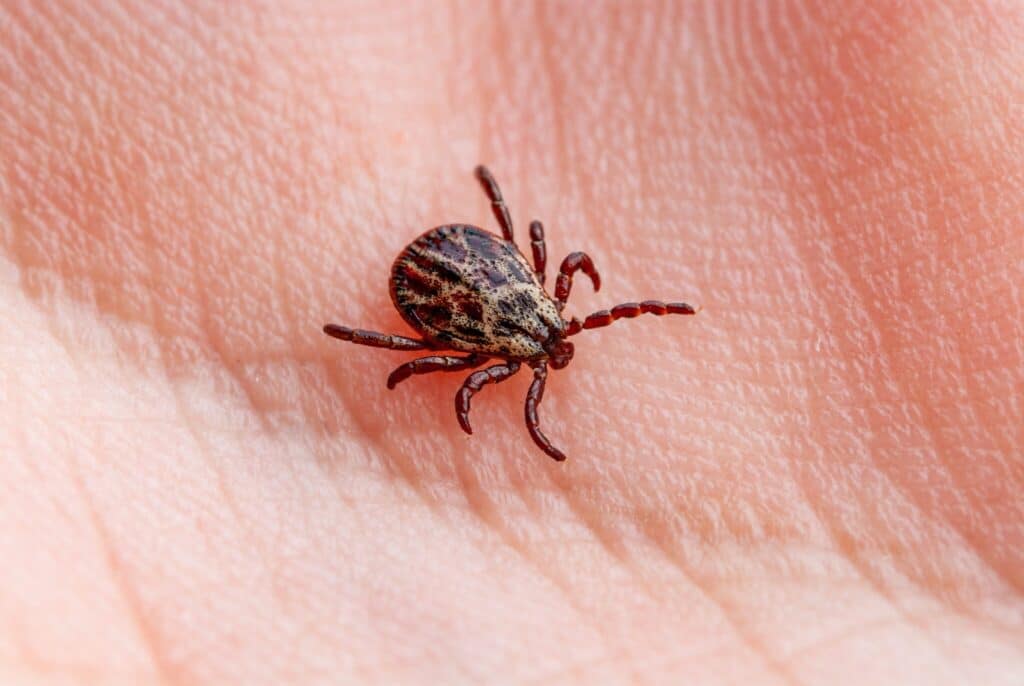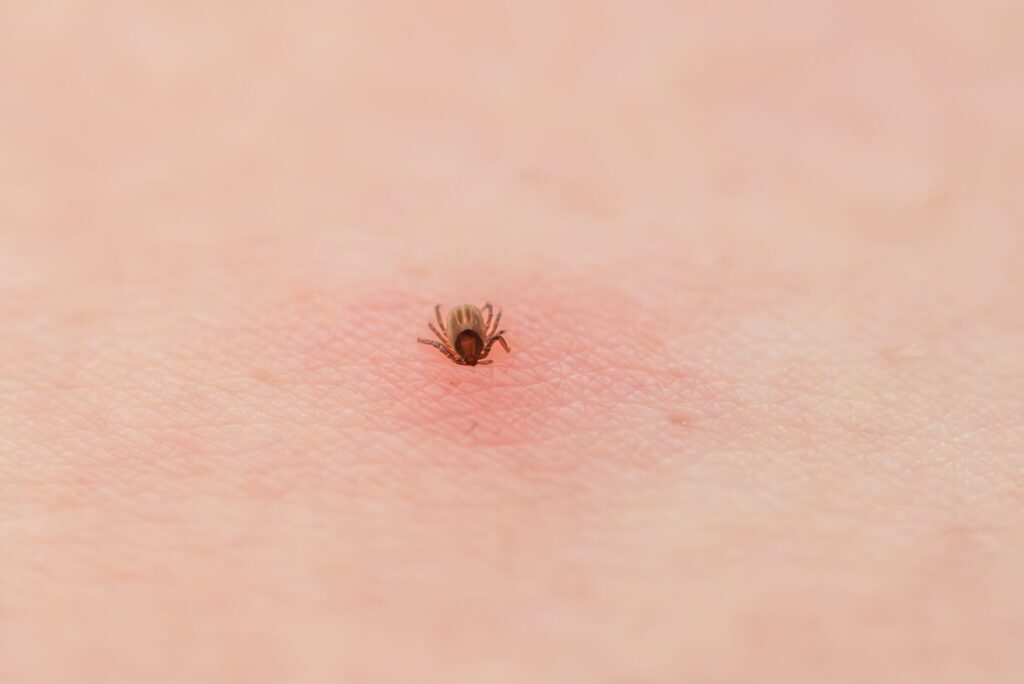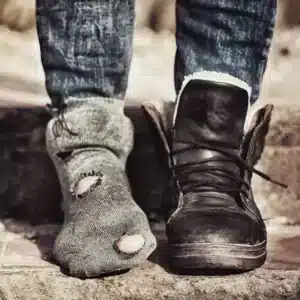If you live near wooded areas or spend time in fields and nature, you’re probably all too familiar with one of the tiniest yet most troublesome pests around: ticks.
These small arachnids may seem harmless at first glance — after all, no one’s ever bled out from a tick bite — but don’t be fooled. Ticks are far more than a minor annoyance. They’re capable of transmitting a host of serious illnesses to both humans and animals, and their bite can leave behind much more than just an itchy bump.
Among the most well-known diseases carried by ticks are Lyme disease, Rocky Mountain spotted fever, and babesiosis. While these names might sound distant or unlikely, the consequences of contracting one of them are very real. Fatigue, joint pain, fever, and neurological symptoms are just a few of the potentially long-lasting effects if these illnesses go undiagnosed and untreated.
Fortunately, there are smart and simple steps you can take to protect yourself — and your pets — from becoming a tick’s next meal.
Let’s say you discover a tick on your skin. Your first instinct might be to yank it off with your fingers. Don’t. That’s actually one of the worst things you can do. Pinching a tick between your fingers can cause it to regurgitate harmful bacteria into your bloodstream, increasing the risk of disease transmission. It may also result in the tick’s body tearing, leaving the head embedded in your skin.
Instead, reach for a pair of fine-tipped tweezers. Gently grasp the tick as close to the surface of your skin as possible, and pull upward in a smooth, steady motion. Avoid twisting or jerking — you don’t want any part of it left behind.
Once the tick is out, the next step is disposal. You might assume tossing it in the trash is enough, but ticks are surprisingly resilient. The safest option? Place the tick in a sealed bag or small container. You can also wrap it in tissue and flush it down the toilet. Just don’t crush it with your bare hands — this could expose you to pathogens if the tick is carrying anything infectious.
There’s another reason you might want to hang onto that tick, particularly if it came from your pet. Veterinarians sometimes advise saving the tick in a sealed container so it can be identified and tested, especially if your furry friend begins to show symptoms of illness.
Speaking of pets, regular tick checks are a must — even in colder months. Ticks may be more active in the spring and summer, but many species can survive freezing temperatures. Pay close attention to areas like your pet’s ears, armpits, groin, and between their toes. A quick daily inspection could save you both a lot of trouble.
And what if you’ve already been bitten? Watch your body carefully in the days and weeks that follow. Flu-like symptoms such as chills, muscle aches, and fatigue may be early warning signs. A telltale “bullseye” rash — a red ring around the bite area — is often associated with Lyme disease. Any unusual symptoms following a tick bite should be taken seriously. Reach out to a healthcare provider promptly, as early treatment is key to preventing long-term health issues.
While you can’t eliminate the risk of tick bites entirely, awareness and vigilance go a long way. Whether it’s inspecting your pets, wearing long sleeves on nature hikes, or investing in a good pair of tweezers, every little precaution helps.
Nature may be full of beauty, but it also hides its fair share of tiny, bloodsucking hazards. Don’t let a tick ruin your season — or your health.







